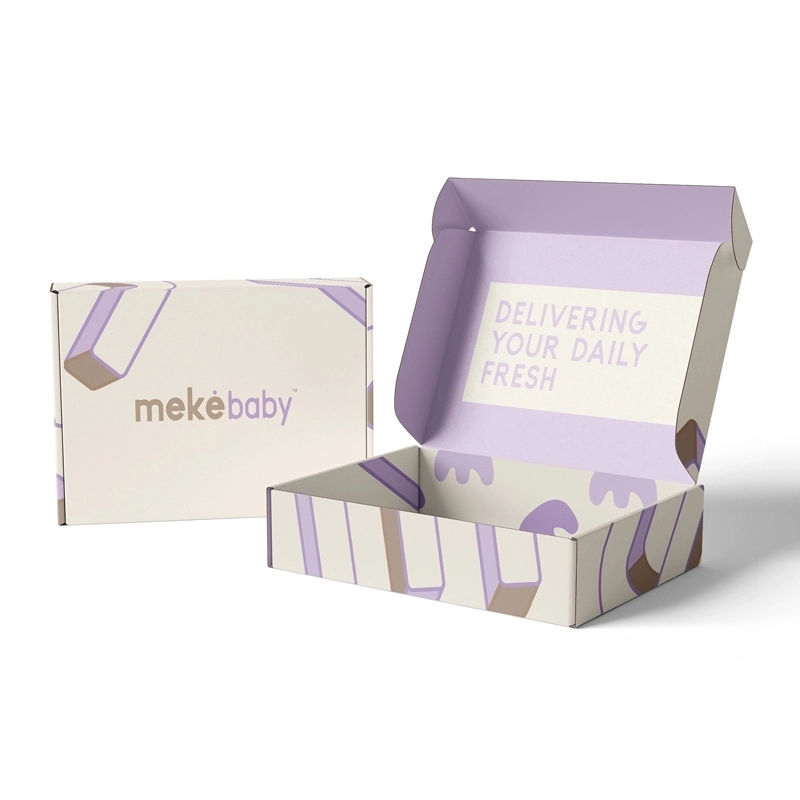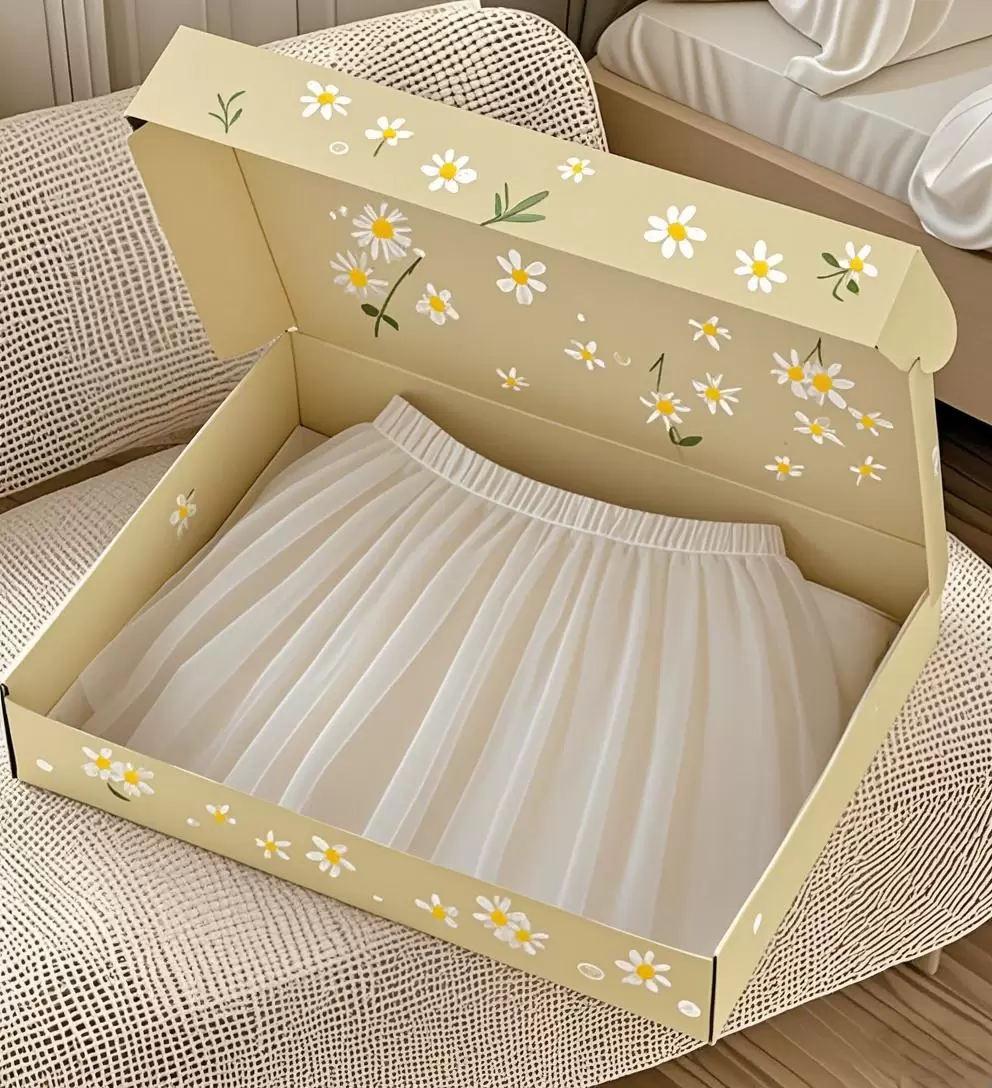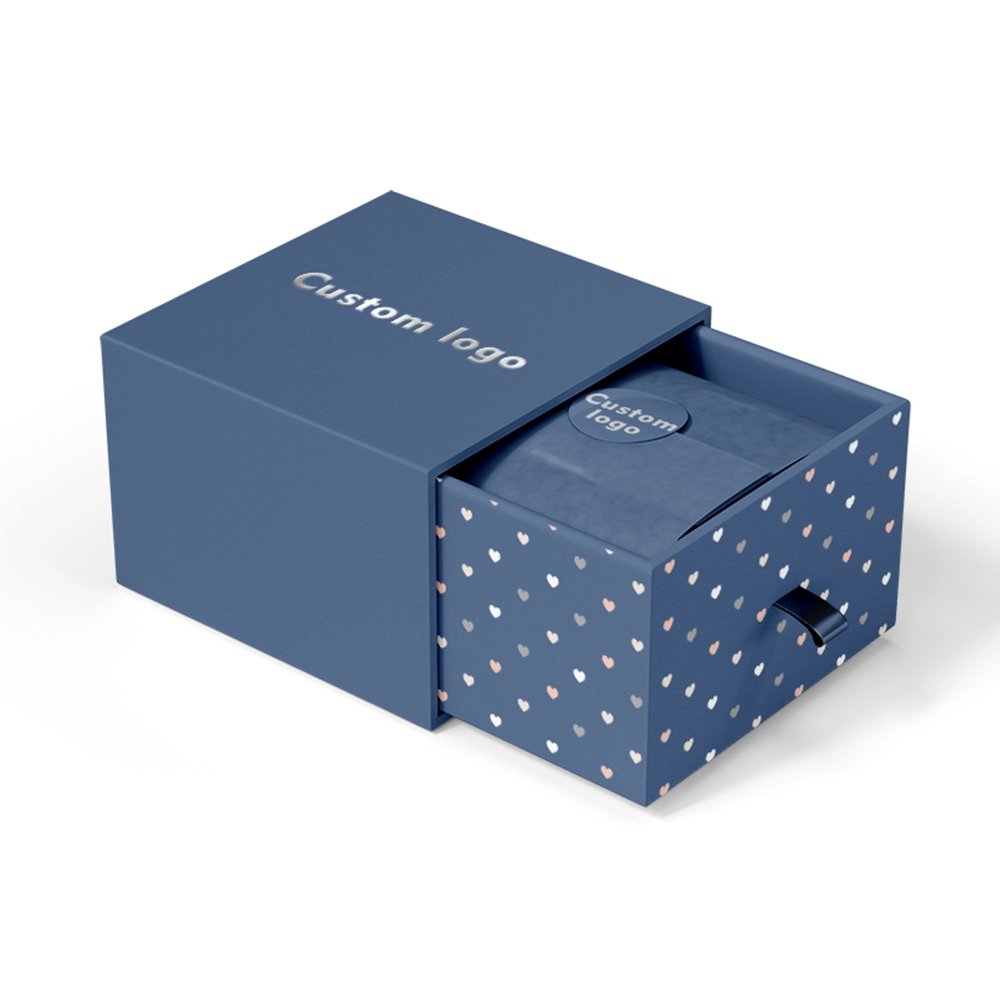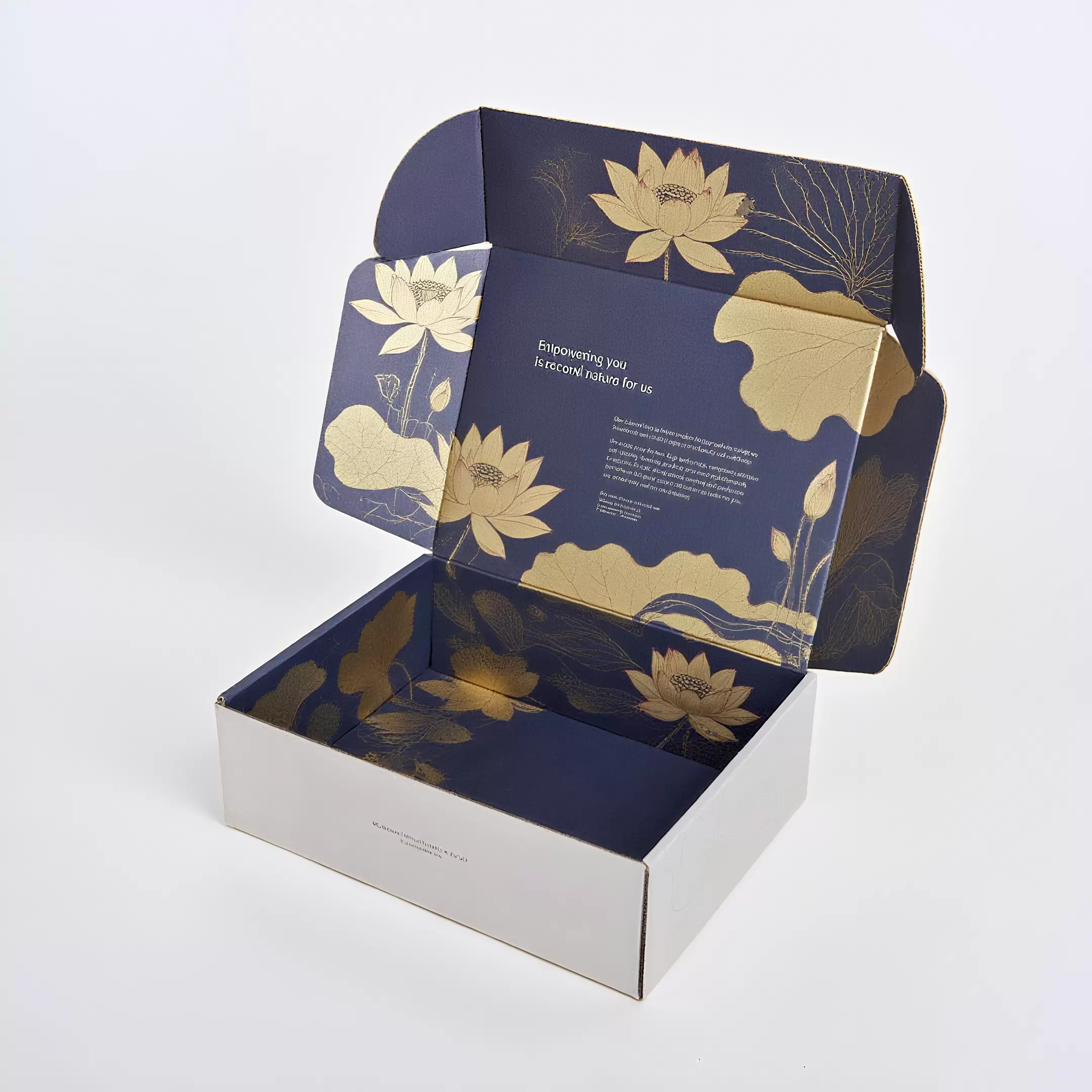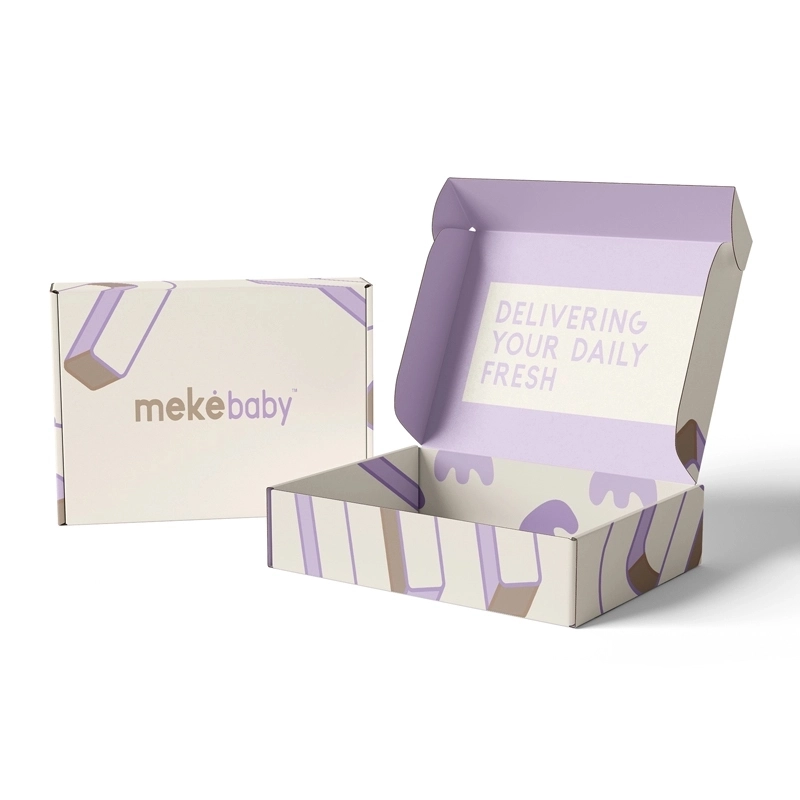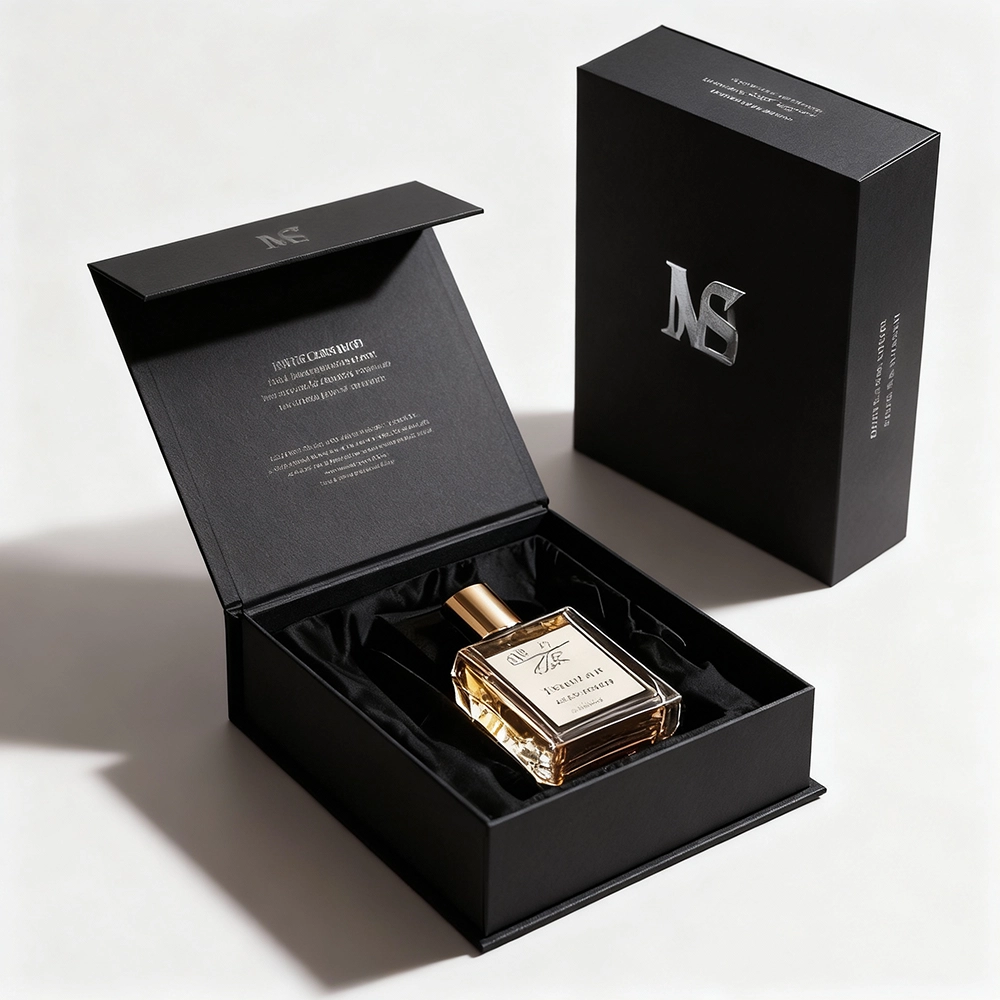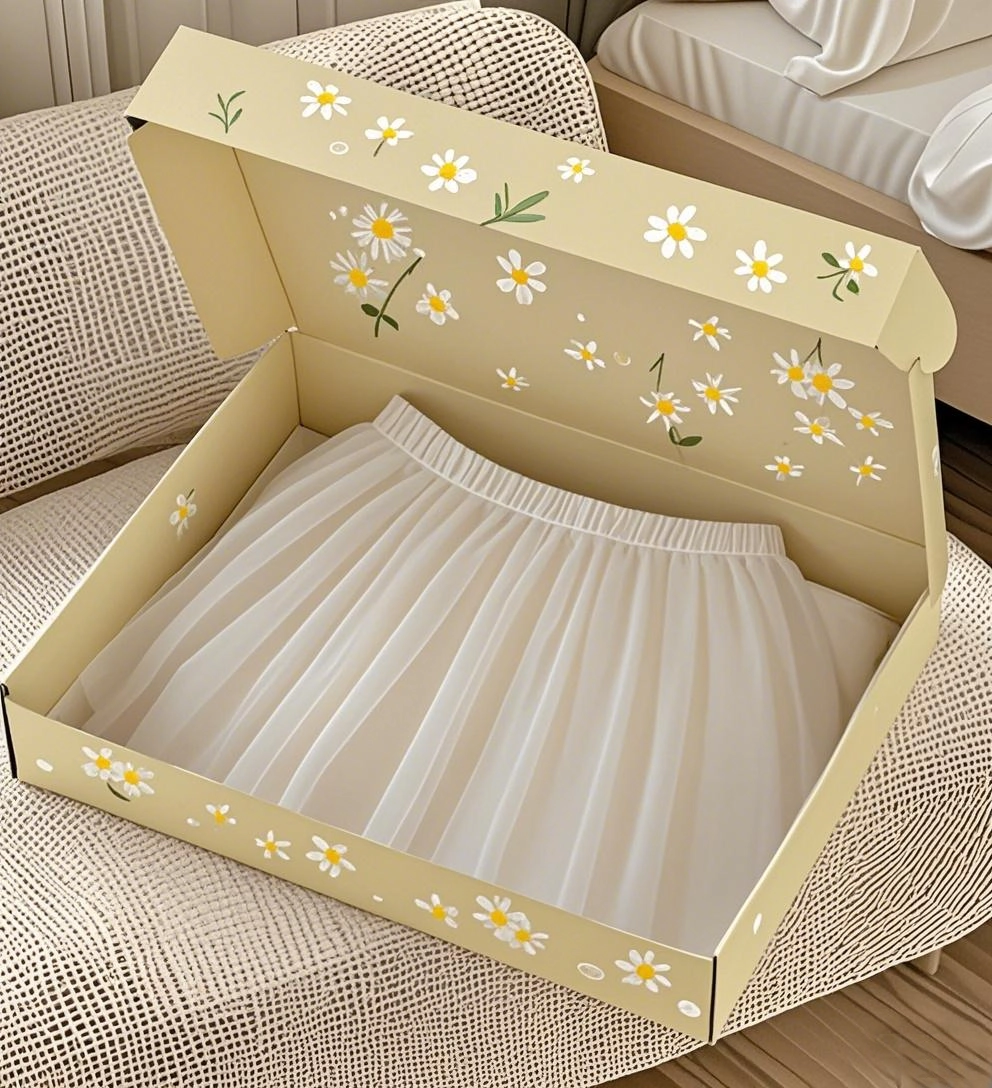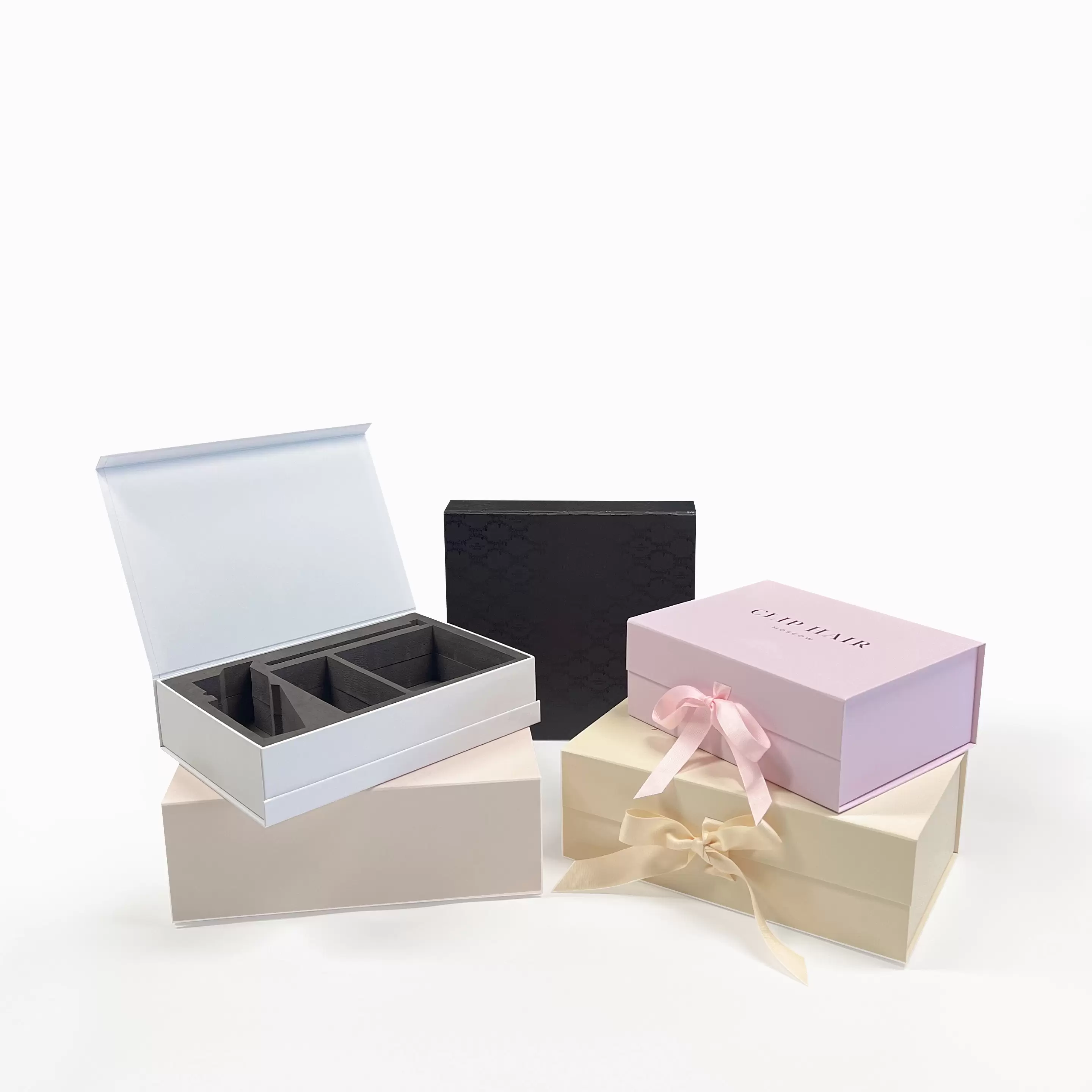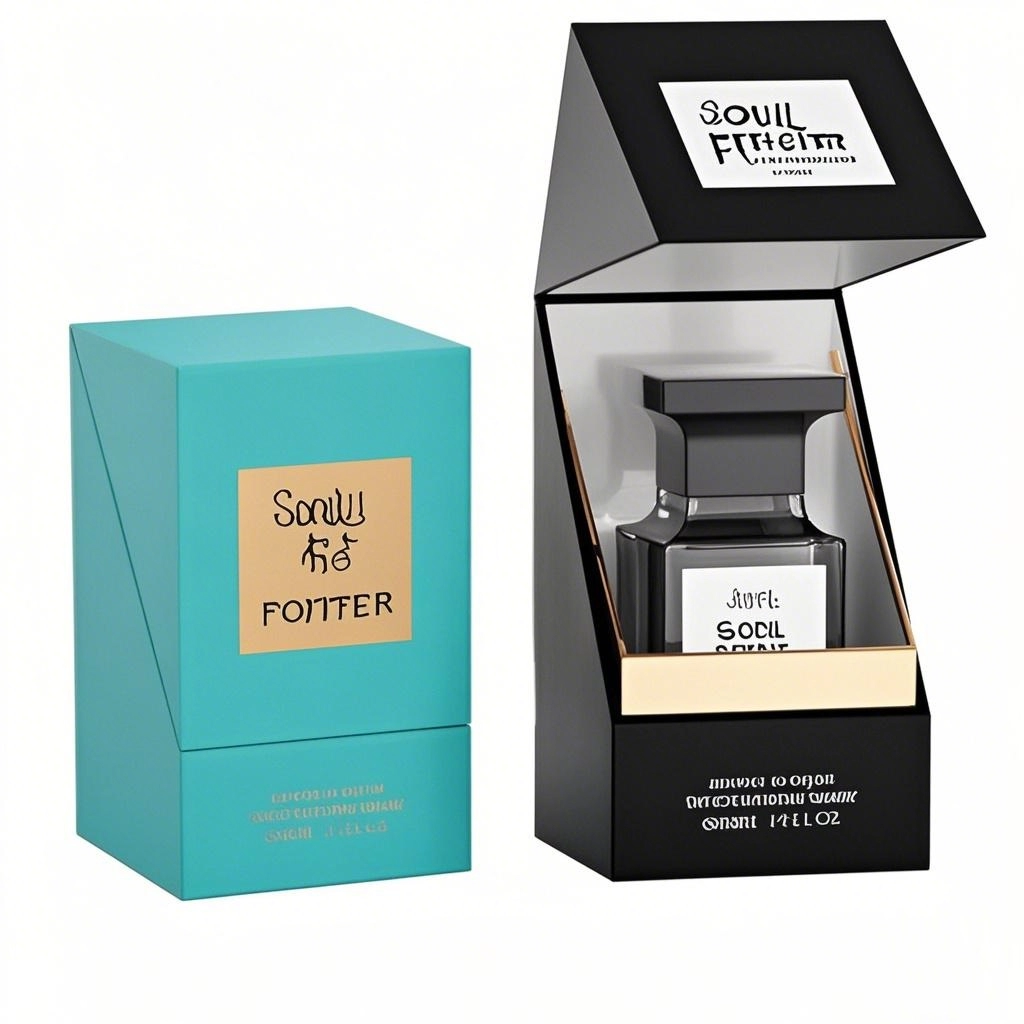
Mailing clothes may seem like a simple matter, but the choice of packaging directly affects whether the clothes can arrive at the destination intact. Imagine that the carefully selected shirt is soaked by rain during transportation, the beloved down jacket is deformed due to squeezing, and the dress with delicate sequins is torn. These problems are often caused by negligence in packaging. Whether it is daily delivery of a few pieces of clothing or bulk transportation, moving, and consignment, choosing the right packaging can not only avoid accidents such as stains, wrinkles, and damage but also reasonably control the volume and weight, saving unnecessary freight expenses. Therefore, understanding the packaging logic in different scenarios and mastering the packaging skills for clothing materials, quantity, and transportation distance are the key to ensuring the "safe travel" of clothing. Next, we will start with actual needs and disassemble the best packaging solution for mailing clothes.
Ⅰ. Key Points for Clothing Transportation
1.Choose the Right Packaging Bag According to the Item
Polyester packaging bags are very suitable for lightweight items, such as T-shirts, while stronger cardboard boxes are more suitable for heavier clothing or objects with fine details.
2. Choose the Right Packaging Size
Tight packaging prevents clothing from moving, while oversized packaging wastes space and adds unnecessary weight.
3. Protection is Paramount
Thin paper adds a touch of luxury while effectively blocking dust, while bubble film or foam-filling particles provide additional cushioning for fragile items.

Ⅱ. How to Choose the Right Size for Clothing Mailing Packaging
Why is packaging size so important?
1. Avoid Wasting Space
The right size can reduce the gaps in the package, prevent the clothes from rubbing and squeezing each other due to shaking during transportation, and reduce the risk of damage.
2. Control Transportation Costs
Most express delivery companies charge according to the weight and volume of the package. Oversized packaging will increase the volume weight, resulting in higher freight costs, while undersized packaging may squeeze the clothes, especially wrinkle-prone or shapely clothes, which may deform, wrinkle, or have other problems.
3. Improve Packaging Stability
Packages with matching sizes can keep the clothes relatively fixed inside, reduce the impact of bumps during transportation on the clothes, and ensure that the clothes are delivered intact.
Ⅲ. Inner Packaging Materials for Transporting Clothing
1. Sealed Bags
Self-sealed bags: Suitable for single or small quantities of light and thin clothing, such as underwear and socks, which can effectively prevent moisture and dust and prevent stains on clothing.
2. Vacuum Compression Bags
Very suitable for fluffy clothing such as down jackets and quilts, which can greatly save space and reduce transportation costs, but be careful not to over-compress when vacuuming to avoid damaging clothing fibers.
3. Wrapping Paper
Wrapping paper can be used to wrap easily wrinkled clothes, such as shirts and dresses, to reduce the formation of wrinkles, block dust and add a sense of refinement.4. Bubble Film and Filling Foam Particles
Mainly used to protect clothing with fine decorations or fragile clothing, such as clothing with beads and sequins, which can provide additional cushioning to avoid damage caused by collisions during transportation.
Ⅳ. Choose the Right Box to Transport Clothes
1. Material Selection
Prefer 3-layer or 5-layer corrugated paper boxes. These boxes have moderate hardness and can provide better protection for clothes and resist squeezing and collision during transportation.
2. Size Selection
Choose a carton of appropriate size according to the number and volume of clothes to ensure that there is appropriate space after the clothes are put in so that the clothes will not be squeezed due to being too tight, nor will they be shaken inside due to being too large. Generally speaking, a small amount of space should be left inside the box to fill with cushioning materials.
3. Notes on Use
Before putting the clothes into the carton, it is best to pack them in a sealed bag first. For the gaps inside the box, fill them with bubble film, old newspapers, foam fillers, etc. to prevent the clothes from flaking and rubbing during transportation. If you are mailing multiple pieces of clothing, you can sort them and place them in layers to avoid tangling with each other.
— Advantages of Using a Mailer Box to Pack Clothing
Mailer Box (also often called "express box" or "folding mail box") is a common choice for clothing packaging. With its structural design and functional characteristics, it has shown significant advantages in logistics adaptation, cost control, user experience, etc., and is especially suitable for e-commerce clothing brands or clothing categories sold through multiple channels. The following are its core advantages:
1. The Structure Adapts to Logistics to Ensure Transportation Safety
Strong impact resistance and reduced clothing loss: Mailer boxes usually use corrugated paper (single tile, double tile), which has a certain cushioning and stiffness and can resist squeezing, bumps, and friction during express transportation. For clothing that needs to maintain its shape (such as shirts and jackets) or fabrics that are easy to wrinkle (such as cotton, linen, and chiffon), it can effectively reduce the risk of wrinkles and deformation, and the sealing is good after closing, which can prevent dust and rain from penetrating and protect the cleanliness of clothing.
One-piece design, high packaging efficiency: Mailer Box is a mostly pre-folded structure, which can be quickly assembled without glue or tape (some styles are fixed by buckling and tongue), which can greatly improve warehouse packaging efficiency, especially suitable for high-intensity delivery needs during e-commerce promotions. At the same time, its flat surface and regular shape are easy to stack, saving storage and transportation space and reducing logistics costs.
2. Controllable Costs, Taking into Account Both Cost-effectiveness and Environmental Protection
Lightweight materials, reducing overall costs: The mailer box is mainly made of paper, which is light in weight and has low raw material costs, which can reduce express delivery costs (especially in scenarios where weight is charged); at the same time, the folded mailer box takes up little space, and the storage and transportation costs are also lower, which is suitable for bulk purchases and long-term use.
Environmental attributes adapt to consumer trends: the paper mailer box is recyclable and easy to degrade, which meets the current consumer demand for environmentally friendly packaging (especially for clothing brands that focus on sustainable concepts, such as fast fashion brands and outdoor environmental brands). Some brands will also use recycled paper or degradable coatings to strengthen the "green packaging" image and improve brand favorability.
3. Optimize User Experience and Strengthen Brand Memory
Easy to open and reduce the threshold of use: Mailer Box is easy to open (mostly with tear strips, Velcro, or easy-tear lines), and consumers can open it quickly without tools, avoiding the problem of "difficult unpacking" of traditional cartons and improving the unpacking experience. For consumers who buy clothing online, the convenient opening process can immediately convey the brand's "caring feeling."
Customized design conveys brand tone: Although the structure is simple, the surface of the mailer box can be personalized through printing, hot stamping, UV technology, etc.—for example, the outer box is printed with the brand logo and slogan, the inner box is printed with a dressing guide or thank you words, and even with a colorful lining (such as a kraft paper box with pink non-woven fabric), echoing the clothing style (such as graffiti patterns for street fashion brands and simple lines for commuter wear). This "low-cost and high-recognition" design can strengthen the brand impression when consumers unpack.
4. Flexible Scene Adaptation, Covering Multiple Categories of Needs
Adapt to different types of clothing: Whether it is small clothing (T-shirts, underwear) or medium and large items (sweatshirts, jeans), Mailer Box can adapt by adjusting the size; for suits with accessories (such as belts and hats), partitions or cushioning cotton can be added to the box to prevent parts from scattering and improve packaging integrity.
Taking into account the dual scenes of "logistics + display": Although it is mainly used for mailing, its flat appearance and printing design are also suitable for offline scenes—for example, offline stores can provide Mailer Box as a "portable shopping box" to consumers or stack it for display as a display prop to achieve the unification of online and offline packaging styles and strengthen brand visual consistency.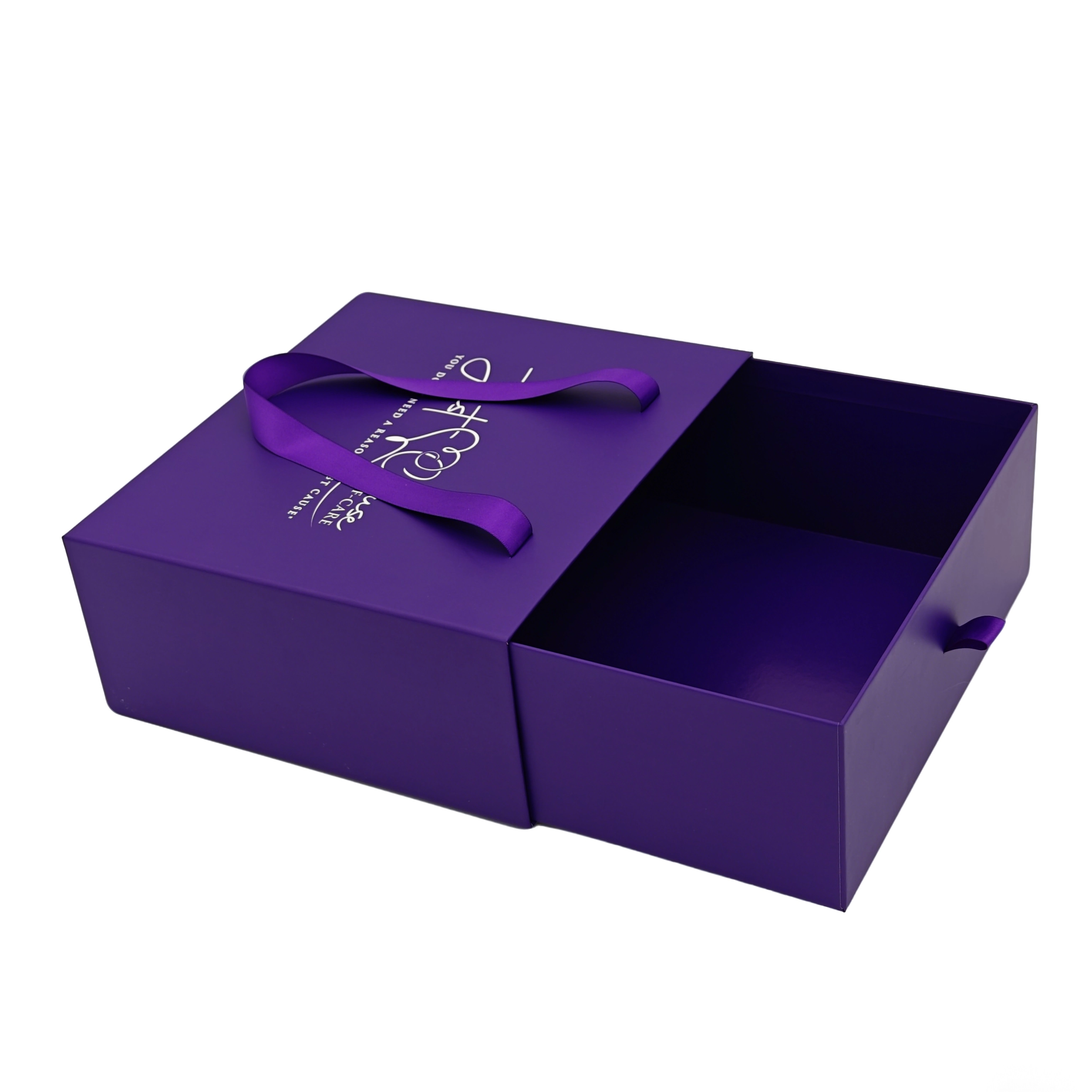
— Advantages of Using Paper Drawer Boxes to Pack Clothing
As a choice for clothing packaging, drawer boxes have many advantages in protection, display, brand communication, etc., due to their structural design and functional characteristics, as follows:
1. Excellent Protection Performance to Ensure Clothing Quality
Stable structure and damage prevention: The drawer box consists of an outer box and an inner drawer. When closed, it forms a double protection, which can effectively resist extrusion, collision, and friction during transportation and storage. It is especially suitable for clothing with delicate fabrics (such as silk and cashmere), crisp styles (such as suits and dresses), or accessories (such as sequins and buttons) to avoid wrinkles, snags, or deformation.
Good dust- and moisture-proof effect: The drawer-type design has strong sealing, which can reduce the erosion of dust and moisture on clothing and extend the storage period of clothing. It is especially practical for clothing that needs long-term storage or seasonal replacement (such as down jackets and coats).
2. Strong Display to Enhance Product Texture
Good opening experience: The opening method (pulling action) of the drawer box is more ceremonial than that of ordinary folding boxes, which can enhance consumers' expectations and favorability for clothing. After opening, the inner box is flat, allowing the clothing to be naturally stretched and presented, which is convenient for consumers to intuitively view the style, fabric, and details, thereby enhancing the high-end sense of the product.
Large space for customized design: The outer box can display the brand LOGO, design concept, or clothing theme through printing, hot stamping, embossing, and other processes. The inner drawer can also be matched with lining cloth (such as satin or non-woven fabric) or a partition design to echo the style of clothing (such as light luxury clothing with a hot-stamped black box or children's clothing with a cartoon-patterned color box), enhancing visual appeal.
3. High Practicality and Secondary Utilization
Easy to use and store: The drawer box does not require complete disassembly to remove clothing, and it can be quickly returned to its place when stored again. It is especially suitable for consumers to use when organizing their wardrobes daily, which improves the convenience of use.
Environmentally friendly and cost-effective: High-quality drawer boxes (such as paper ) are sturdy. Consumers can transform them into storage boxes for small items such as underwear, socks, accessories, etc., to achieve the secondary utilization of "packaging-storage," which is in line with the concept of environmental protection and allows the brand logo to remain in consumers' lives for a long time, indirectly enhancing brand memory.
Ⅴ. Consider Providing Additional Packaging for Fragile Clothing
Most clothing is not fragile, but some clothing may need more care than others, such as clothing with delicate accessories, easily deformed, or made of special materials. Packaging fragile items requires additional packaging, so:
1. Add filling packaging, such as bubble wrap and newspaper. After placing the clothing in the carton, fill the gaps with bubble wrap or crumpled newspaper around the clothing to prevent the clothing from moving and colliding during transportation.
2. Wrap zippers, beads, or more delicate decorations with bubble wrap. For clothing with accessories such as zippers, beads, sequins, etc., wrap these parts separately with bubble wrap first to prevent them from hooking other clothing or being worn and damaged during transportation.
3. For easily deformed clothing such as suits and dresses, you can put them in dust bags first and then put them in hard cartons. Use cardboard inside the carton to fix the shape of the clothing to prevent squeezing and deformation.
Summary
The best choice for cost-effectiveness: sealed bag + thickened waterproof courier bag (suitable for small quantities of ordinary clothes).
The best choice for protection: sealed bag + cardboard box (suitable for multiple, heavy, and fragile clothes).
The best choice for space saving: vacuum compression bag + cardboard box/courier bag (suitable for fluffy clothes such as down jackets and quilts).
Choose appropriate packaging according to the number, material, and transportation distance of clothes, which can not only protect the clothes but also avoid unnecessary shipping costs.
Table of Contents
Latest Products
-
 Wechat
+8613616008761
Wechat
+8613616008761 -
 Email
Email
-
 Tel
+86-136-1600-8761
Tel
+86-136-1600-8761

 en
en es
es ru
ru fr
fr de
de it
it ja
ja ar
ar pt
pt ko
ko tr
tr nl
nl fi
fi